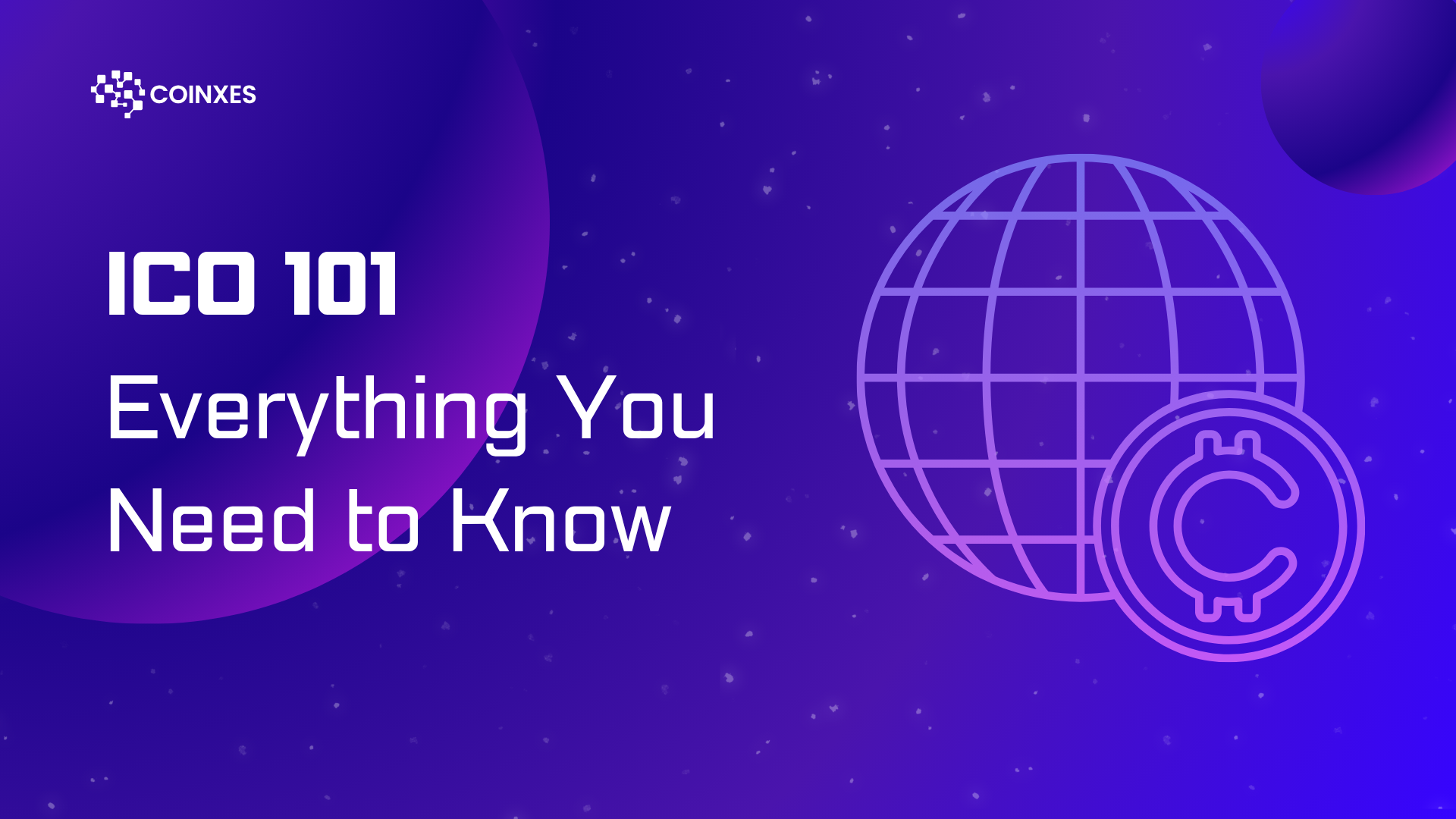
What exactly is an ICO?
An Initial Coin Offering (ICO) is a crowdfunding event in which a blockchain start‑up sells newly minted digital tokens to raise capital for product development. Think of it as the crypto cousin of a stock IPO—but without equity or voting rights.
Quick definition
Investors swap cash or crypto (usually ETH, USDT or BTC) for project tokens that may appreciate once the network launches or the asset lists on an exchange.
How does an ICO work? A six‑step timeline
| Step | What happens | Why it matters |
| 1. Concept + white paper | Founders publish tech specs, tokenomics, and a roadmap. | Sets expectations; white‑paper gaps are a red flag. |
| 2. Smart‑contract deployment | ERC‑20 or similar contract mints a fixed token supply. | Enables transparent cap tables and on‑chain traceability. |
| 3. Private/pre‑sale | Early backers buy at a discount. | Provides seed funding; can lock up large % of supply. |
| 4. Public sale | Retail investors contribute over a set window—hours to weeks. | Hard cap often hit in minutes during hot markets. |
| 5. Token distribution | Smart contract releases coins to wallets; sometimes vesting. | Marks the point new buyers can trade or stake. |
| 6. Exchange listing | Centralised or DEX debut. | Liquidity arrives, price discovers real market value. |
ICO vs. IPO vs. IEO vs. IDO
| Feature | ICO | IPO | IEO | IDO |
| Regulator | Often none or securities watchdog post‑sale | Securities commission (e.g., SEC) | Exchange vetting + KYC | DEX launchpad smart contract |
| Asset issued | Utility token | Equity share | Utility token | Utility token |
| Fund custodian | Project team | Investment banks | Centralised exchange | Decentralised liquidity pool |
| Retail access | Global (some geo‑blocks) | Usually geo‑restricted | Users on that exchange | Anyone with compatible wallet |
Why do projects and investors still use ICOs?
Benefits for founders
- Global, 24/7 capital without venture dilution.
- Community‑driven funding doubles as early‑user boot‑strap.
Benefits for investors
- Early upside. ICO tokens once returned 10–100× during the 2017 bull run, pulling in US $2.9 billion in a single month at peak.
- On‑chain transparency—every contribution logged forever.
The big risks
| Risk | Real‑world example | Protection tips |
| Rug pull / exit scam | 2018’s “PlexCoin” raised $15 m then vanished. | Demand escrow or vested team tokens. |
| Regulatory slap‑down | SEC vs. Telegram (2020): $1.2 billion refund order. | Check if sale excludes U.S. & other high‑risk zones. |
| Smart‑contract bugs | The DAO hack drained $60 m in 2016. | Look for third‑party audits; SEC urges caution. |
The SEC’s 2025 cyber‑assets task‑force page warns that “new technologies can entice investors with high returns but remain subject to federal securities law.”
Global regulation in 2025
- United States – The SEC treats many ICOs as unregistered securities; projects must file Form D or pursue Reg A+ exemptions.
- European Union (MiCA) – From December 2024, tokens classed as “crypto‑assets” need a white‑paper approval and issuer registration.
- Asia‑Pacific – Singapore’s MAS requires a prospectus if tokens carry profit rights; Japan limits public sales to licensed exchanges.
Bottom line: geography dictates disclosure. Investors must check both project and personal residency rules.
How to evaluate an ICO in 20 minutes
- Read the white paper – Is the problem and revenue model clear?
- Check the team – LinkedIn histories? Previous exits?
- Audit reports – Trail of Bits, OpenZeppelin or CertiK?
- Tokenomics sanity – Founder allocation < 20 %, vesting ≥ 12 months.
- Regulatory stance – Does the site geo‑block U.S. IPs? That’s a hint tokens may be securities.
- Community health – Active GitHub, responsive Discord.
Participating safely
- Use a fresh wallet with only the ETH/BTC you plan to commit.
- Triple‑check the contract address—phishing pages are common during hype windows.
- Capture transaction hashes and a PDF of the sale terms for future tax filing.
- Avoid FOMO gas wars—bots snipe early blocks; consider capped allocations.
Tax considerations
Even in a tax‑free jurisdiction, disposing of ICO tokens later may trigger a capital‑gain. The BTC tax rules 2025equivalent apply to any crypto asset: acquisition cost is usually the fiat value of your contribution on day one. Keep detailed records for your crypto declaration.
The 2025 outlook
While fundraising volume is far below 2017’s frenzy, ICOs remain a legal path—just more professional:
- KYC‑centric “compliant ICOs” now partner with licensed tokenisation platforms.
- Proof‑of‑reserve treasuries assure buyers funds aren’t mis‑used pre‑launch.
- Rise of L2 launchpads – Lower gas fees on Base and zkSync make public sales accessible again.
Key takeaways
- ICOs let start‑ups raise global capital by issuing blockchain tokens instead of equity.
- They carry outsized upside and outsized risk—from exit scams to regulatory shutdowns.
- Smart research—white papers, audits, and tokenomics caps—protects beginners.
- 2025’s regulatory net means geography and compliance steps matter more than in 2017.
Understand these basics, and you’ll navigate the next token sale with eyes wide open rather than wallet wide open.